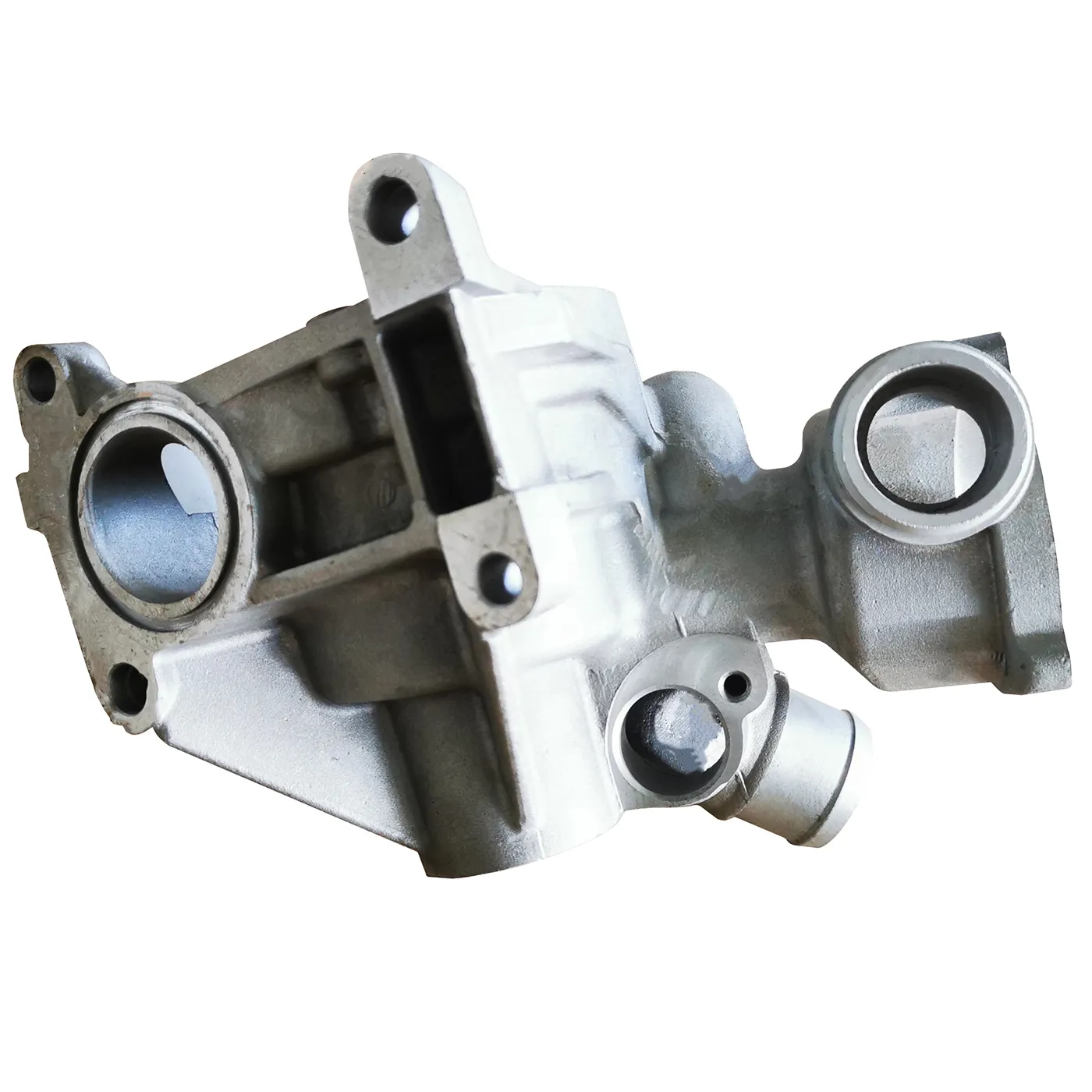Mobile:+86-311-808-126-83
Email:info@ydcastings.com
Understanding Pump Impeller and Casing Functions for Optimal Performance Efficiency
The Importance of the Pump Impeller and Casing in Fluid Dynamics
In various industries, the efficient movement of fluids plays a crucial role in operations ranging from water treatment to chemical processing. At the heart of these systems lies the pump, a mechanical device designed to transport fluids. Among its critical components, the pump impeller and casing are essential for optimizing performance, enhancing efficiency, and ensuring durability.
Understanding the Pump Impeller
The pump impeller is a rotating component that imparts kinetic energy to the fluid, effectively increasing its velocity and moving it through the pump. Its design significantly impacts the pump's efficiency and performance. Impellers come in various shapes and sizes, each tailored for specific applications. For instance, centrifugal pumps employ radial flow impellers, while positive displacement pumps utilize different geometries to create pressure changes.
The choice of impeller design is influenced by factors such as the type of fluid being pumped, the required flow rate, and the desired pressure increase. Additionally, the materials used to construct the impeller can affect its longevity and resistance to wear, especially when handling abrasive or corrosive fluids. Common materials include stainless steel, bronze, and specialized polymers, each chosen for their specific properties to withstand the operational environment.
The Role of the Pump Casing
The pump casing, often referred to as the volute or diffuser, is the stationary component that houses the impeller. It serves as the channel through which the fluid exits the pump after gaining energy from the impeller. The design of the casing is equally critical, as it helps convert the kinetic energy generated by the impeller into pressure energy, ensuring the fluid is effectively directed to its intended destination.
pump impeller casing

Casing design is paramount for achieving optimal pump performance. A well-designed casing minimizes flow disturbances and pressure drops, maximizing efficiency. For centrifugal pumps, the casing typically features a spiral shape, allowing the fluid to expand smoothly as it exits the impeller. This design helps to reduce turbulence and enhance the overall fluid flow.
Interaction Between Impeller and Casing
The interaction between the impeller and casing is vital for pump performance. An imbalance in this relationship can lead to inefficiencies, such as cavitation, which occurs when vapor bubbles form in the fluid due to low pressure conditions and subsequently collapse, causing shock waves that can damage the impeller and casing. Preventing cavitation involves careful design considerations, including maintaining adequate NPSH (Net Positive Suction Head) and ensuring proper alignment between the impeller and casing.
Moreover, the sizing of both components must be compatible to achieve the desired flow rate and pressure. Engineers often use computational fluid dynamics (CFD) simulations to model this interaction and optimize the design before manufacturing, ensuring a harmonious relationship between the impeller and casing.
Conclusion
In summary, the pump impeller and casing are critical elements in the design and operation of fluid transport systems. Their interplay directly influences the efficiency, performance, and reliability of the pump. As industries continue to advance, the need for optimized pump designs that leverage innovations in materials and engineering will become increasingly important. Investing in high-quality impellers and casings is vital for achieving operational longevity and minimizing maintenance costs. Ultimately, a thoughtful approach to these components can lead to substantial gains in productivity and reduced energy consumption, underscoring their significance in modern engineering applications.
-
Understanding Metal Casting TechniquesNewsApr.02,2025
-
Understanding Exhaust Manifolds for Enhanced Engine PerformanceNewsApr.02,2025
-
The World of Metal FabricationNewsApr.02,2025
-
Key Components for Pump and Turbo EfficiencyNewsApr.02,2025
-
Essential Tools for Automotive Maintenance and RepairNewsApr.02,2025
-
Durable Valve Components for Effective Water ManagementNewsApr.02,2025











